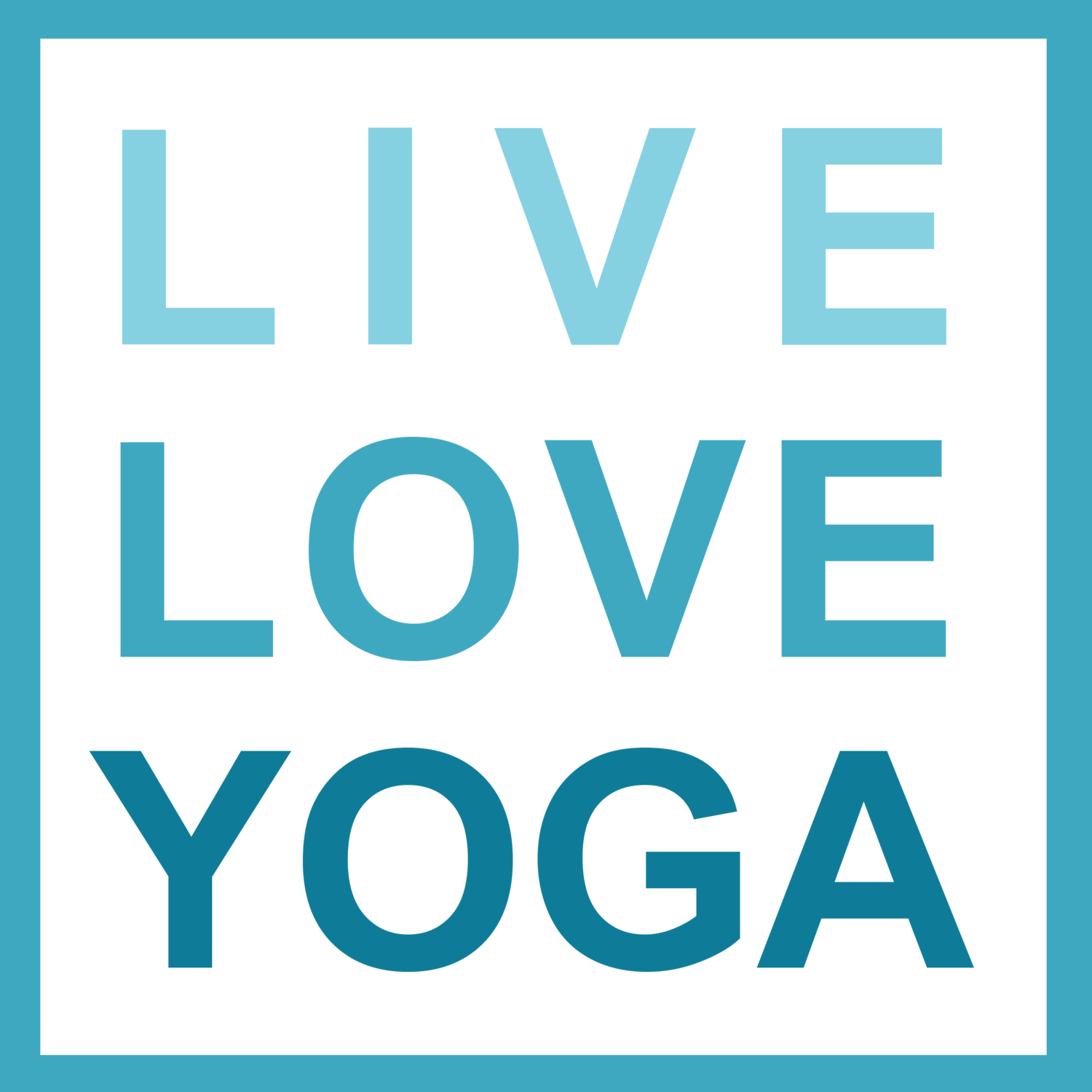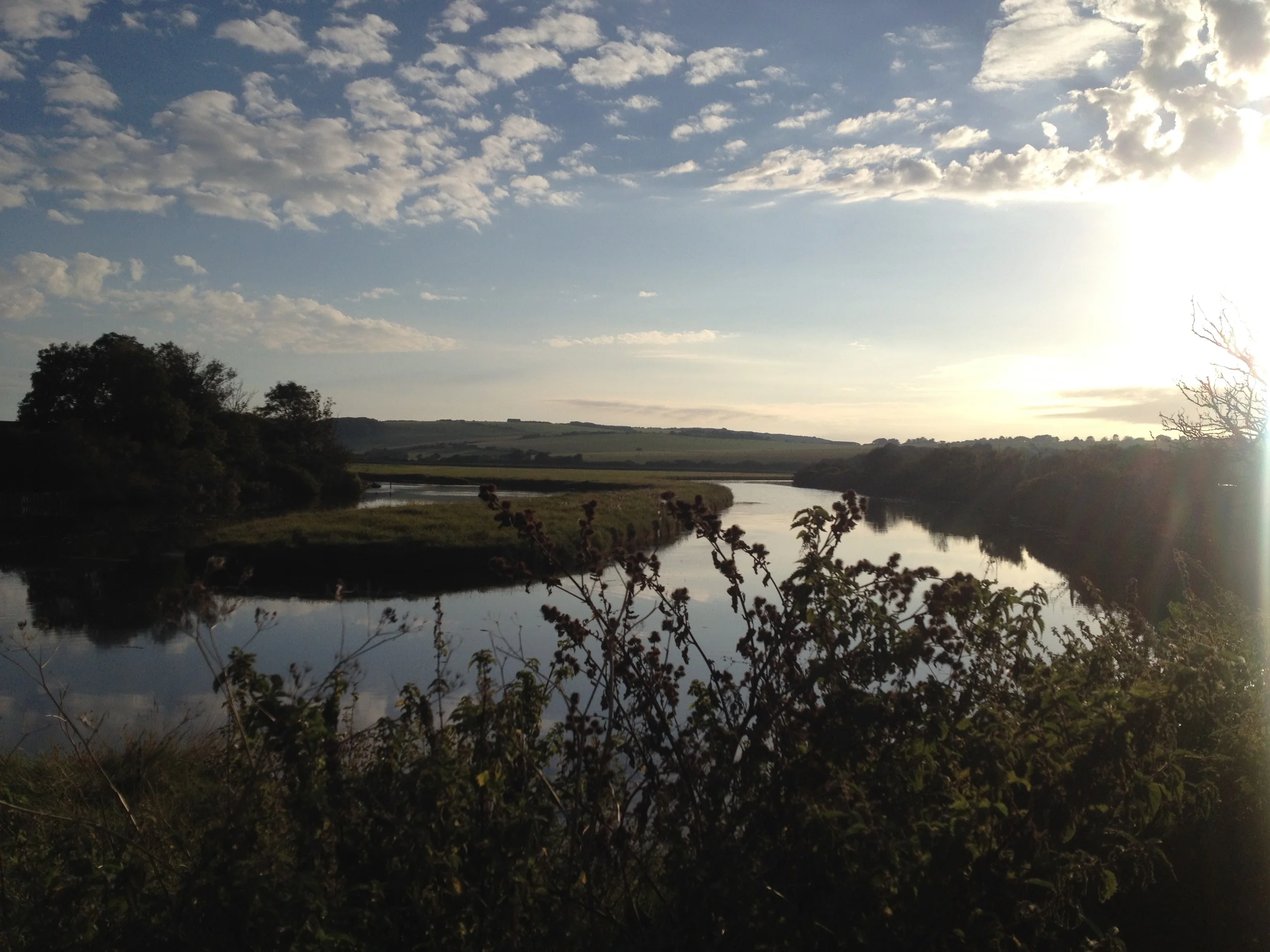Top tips for cultivating a home practice
/For many, rather than regularly practicing at home, yoga is confined to 1-2 hours a week as a way to de-stress, unwind and as an active recovery day. The saying 'little and often' is so relevant when it comes to yoga but it's difficult to find the time, the space or the discipline to practice outside of the yoga studio. So I have compiled a few tips to help you to cultivate your own home practice:
Time: Set your alarm clock just 10 minutes early and do a few rounds of sun salutations before you start the day, or take 5 minutes at lunch time to quietly sit with your breathing. Finding a set time and sticking to it every day will help you to create a routine.
Place: This is often tricky, so try to find a quiet spot in the house or at work (I have been known to practice in the bathroom!) where you can switch off for a few minutes. If you are lucky enough to have a spare room or space you can dedicate to yoga that's great, but if not sometimes just setting the scene with some music or incense can help claim the space.
How long: Your body and mind will benefit from just 5 minutes of focusing in on itself. You can practice for 2 hours if you want, but for most of us who have families and jobs it's just unrealistic to expect to be able to do this every day. Set yourself a goal that you can achieve - 10-20 minutes is fine, and you can always make time for a longer practice once or twice a week.
Which asana?: It can be really difficult to choose which asana or pranayama technique to practice, especially if you are a beginner. I have always enjoyed practicing Ashtanga at home because I don't have to think about what comes next, I just follow the sequence, and the structure really helps me. There are also countless online classes that you can take on Youtube and on various websites. When I feel like a more playful practice I will often follow one of these, and I love learning new ways to practice an asana.
Choosing the correct asana and pranayama require knowledge and understanding - if you really want to deepen your self practice I would suggest taking a few workshops that delve into the world of yoga! It is a subject which constantly has more to teach, and through practice and self enquiry you will always be learning.
A home practice is great because it is something that you are able to do yourself, to yourself, without needing anyone or anything. This is the reason I started teaching yoga - I wanted to be able to give this gift to other people. Whether you want to become more flexible or manage your stress levels yoga is an amazing tool. You have the ability to access this tool whenever you want... so get practicing!!


